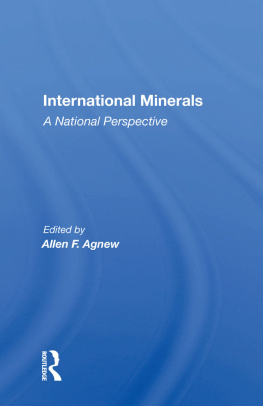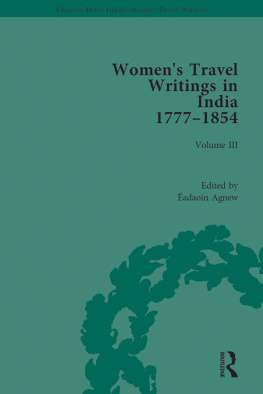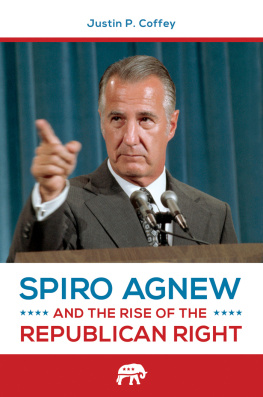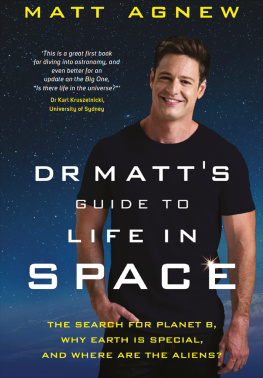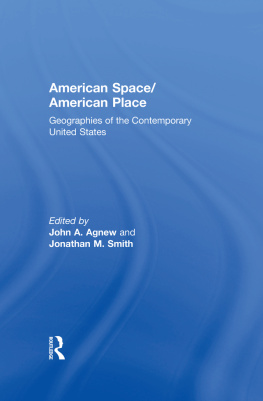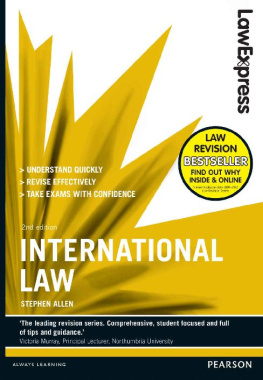International Minerals
A National Perspective
AAAS Selected Symposia Series
International Minerals
A National Perspective
Edited by Allen F . Agnew
First published 1983 by Westview Press, Inc.
Published 2018 by Routledge
52 Vanderbilt Avenue, New York, NY 10017
2 Park Square, Milton Park, Abingdon, Oxon OX14 4RN
Routledge is an imprint of the Taylor & Francis Group, an informa business
Copyright 1983 Taylor & Francis
All rights reserved. No part of this book may be reprinted or reproduced or utilised in any form or by any electronic, mechanical, or other means, now known or hereafter invented, including photocopying and recording, or in any information storage or retrieval system, without permission in writing from the publishers.
Notice:
Product or corporate names may be trademarks or registered trademarks, and are used only for identification and explanation without intent to infringe.
Library of Congress Catalog Card Number 83-60538
ISBN 13: 978-0-367-01540-4 (hbk)
About the Book
The United States depends on foreign sources for many strategic and essential minerals. Secure supplies of such minerals are crucial to the nation's economic and military well-being, but federal policies with regard to these minerals have continued to vacillate. This volume considers the minerals availability issue from a number of perspectives. In the domestic area, an overview of the U.S. strategic mineral situation is followed by a discussion of changes in one state's mineral policy decisions over some two hundred years. Then the huge potential of Alaska's mineral resources is described, with a focus on the immediate need for a thorough inventory of this vast area. The nature and sources of mineral information available to Canadian policymakers are described and offered as useful models for the United States in making such inventories. In the international area, the key role of South Africa in the world mineral picture is discussed, as is the strategic importance to the Soviet Union of the mineral wealth of Afghanistan. The volume concludes with a review of the history of U.S. mineral policies in the hope that the present generation of policymakers will benefit from past mistakes.
About the Series
The AAAS Selected Symposia Series was begun in 1977 to provide a means for more permanently recording and more widely disseminating some of the valuable material which is discussed at the AAAS Annual National Meetings. The volumes in this Series are based on symposia held at the Meetings which address topics of current and continuing significance, both within and among the sciences, and in the areas in which science and technology impact on public policy. The Series format is designed to provide for rapid dissemination of information, so the papers are not typeset but are reproduced directly from the camera-copy submitted by the authors. The papers are organized and edited by the symposium arrangers who then become the editors of the various volumes. Most papers published in this Series are original contributions which have not been previously published, although in some cases additional papers from other sources have been added by an editor to provide a more comprehensive view of a particular topic. Symposia may be reports of new research or reviews of established work, particularly work of an interdisciplinary nature, since the AAAS Annual Meetings typically embrace the full range of the sciences and their societal implications.
WILLIAM D. CAREY
Executive Officer
American Association for
the Advancement of Science
Contents
-- Allen F. Agnew
-- Meredith Eggers Ostrom
-- Thomas K. Bundtzen
-- John H. DeYoung, Jr.
-- W. C. J. van Rensburg
-- John F. Shroder, Jr.
-- Alfred E. Eakes, Jr.
Allen F. Agnew is a geological consultant and courtesy professor of geology at Oregon State University, Corvallis. He has worked as a research geologist for the U. S. Geological Survey, was head of the South Dakota Geological Survey, and spent eight years in the Congressional Research Service as an advisor to Congress on mineral resources. He has published on nonfuel minerals policy, mineral imports, and the mineral resources of various countries as well as the environmental effects of mining.
Thomas . Bundtzen is an economic geologist for the Alaska Department of Natural Resources, Division of Geological and Geophysical Surveys. During his thirteen-year career there he has participated in several detailed geologic mapping projects and evaluations of Alaskan strategic mineral deposits. He has published both scholarly and popular articles on Alaskan geology and mining history.
John H. DeYoung, Jr., is a mineral economist in the Branch of Resource Analysis, U. S. Geological Survey, Reston, Virginia. He has published on physical factors that restrict mineral supply, distribution of mineral resources, capital formation in non fuel minerals industries, the effect of tax laws on mineral exploration, and comparisons of mineral-resource programs in the United States and Canada. In 1978-79 he served on the staff of the Policy Coordinating Committee for the Presidential Review of Nonfuel Minerals Policy.
Alfred E. Eckes, Jr., currently chairman of the U. S. International Trade Commission in Washington, D.C., has specialized in economic and diplomatic history. His books include The United States and the Global Struggle for Minerals and A Search for Solvency: Bretton Woods and the International Monetary System (both published by the University of Texas Press, 1979 and 1975, respectively).
Meredith Eggers Ostrom, a specialist in nonmetallic mineral resources, is director and state geologist for the Geological and Natural History Survey at the University of Wisconsin-Extension in Madison. He has been involved in minerals policy studies, including mineral taxation, mine reclamation and development and related legislative proposals. He is a fellow of the Geological Society of America and, currently, is president of the Association of American State Geologists.
John F. Shroder, Jr., professor of geography and geology at the University of Nebraska, Omaha, is a specialist in environmental geology and resource analysis. Prior to the U.S.S.R. invasion of Afghanistan, he directed the development of the National Atlas of Afghanistan, including comprehensive surveys of landforms, glaciers, water, and mineral resources.
W. C. J. van Rensburg, professor of petroleum engineering at the University of Texas at Austin, has specialized in economia geology and mineral economics. He has published widely on South Africa's mineral resources and their potential international impact and is coauthor of The Economics of the World's Mineral Industries (with S. Bambrichj McGraw-Hill, 1978).
This publication is the result of a symposium presented at the January 1982 Annual Meeting of the AAAS in Washington, D.C. Except for the introductory paper, which was prepared subsequently by Dr. Agnew, all authors made their presentation at the Symposium and also participated in the discussion. Some of the papers have been revised for this publication.



